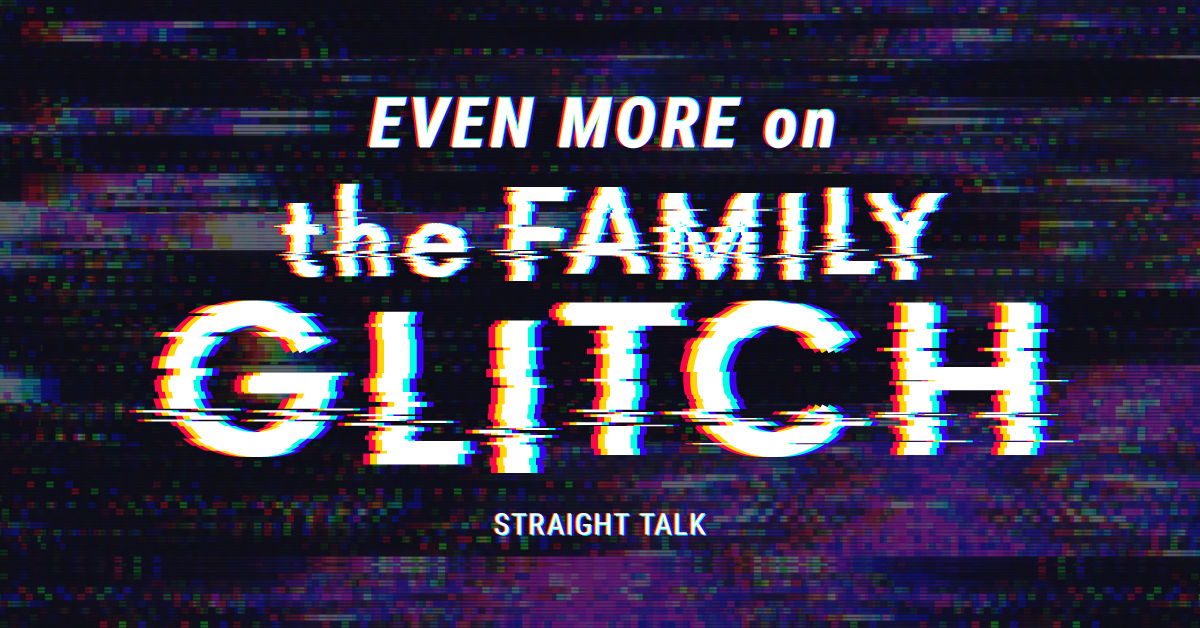Recently, I wrote about a dramatic change to the health insurance market. It starts officially on Jan. 1, 2023, and it’s called the Family Glitch Fix. This is going to create a brand-new path to more affordable health insurance coverage for many spouses and dependents of employees who currently get coverage through an employer.
Before the fix, a family could be disqualified from buying plans on Healthcare.gov with federal financial help (e.g., advanced tax credits) if an employer made them ANY offer of coverage at all. And in many cases, that offer was very expensive. NOW, that employer offer of family coverage can be tested for affordability on Healthcare.gov.
If the employer’s family coverage offer fails the federal affordability test (costing 9.12% or more of total household income), that family will be allowed to shop on Healthcare.gov and draw down whatever tax credits they are eligible for based on their household income. This is huge and new. In fact, federal agencies are projecting 2.3 million people who have been in unaffordable family plans will gain affordable Healthcare.gov coverage in 2023 alone.
You Have Questions
More information about the Family Glitch fix and how it’s getting done has come to light. So, I want to make sure everyone like families, employers, agents and anyone else who needs health insurance understands how this works. I’ve been making presentations to various groups on this topic since the feds announced the fix. You can watch that presentation here. Meanwhile, here are some of the questions I’ve gotten after making that presentation.
So, Mike, I just got my employer’s plan for next year. What do I do next?
Take your employer’s offer, as well as your employer’s name, address and phone number, and go to Healthcare.gov. Create an account and enter the info. If you get that “determination of unaffordability” result, you can shop for a health plan there and use any tax credits you qualify for.
My employer offers four plans, and my spouse gets two plans, which one will Healthcare.gov test?
Healthcare.gov will ONLY test the lowest-cost offer received by either spouse. If combined, they get six offers, only one of them will be tested for affordability – the cheapest one that offers coverage for the entire family, including the employee!
How do I shop on Healthcare.gov to know if it’s a better deal?
I highly recommend you USE AN AGENT! Go to GetPlanOptions.com or call 1-844-GET-BLUE [1-844-438-2583; TTY 711] to connect with one because this can be a complex process. You don’t want to go it alone. Working with an experienced agent doesn’t cost you a thing, and there is no obligation to buy just because you spoke with an agent.
What You Need to Know
If you are going to shop yourself, there are several things you need to keep in mind before you drop any employer coverage and move to a new Healthcare.gov plan:
- Don’t forget the three Ps!
- Providers—make sure whatever Healthcare.gov plan you are considering contains all the docs and hospitals you want to use IN-NETWORK. Some of the plans on Healthcare.gov in Louisiana have TINY networks that omit most of the medical providers in the state. Many other plans have NO coverage out of state, and some pay $0 out of network, too. Make absolutely sure you can go to YOUR doctor and hospital before you enroll in a plan.
- Prescriptions—make sure whatever plan you are considering covers all the prescription drugs you are already taking. AND look at the amount you’ll have to pay out of pocket for those drugs. Healthcare.gov plans can cover drugs many different ways, and sometimes not at all, so be sure.
- Perks—notice on the plans you select whether they cover things like dental, vision or even hearing aids. Some may offer extras like discount gym memberships, too. The coverage varies quite a bit in those areas, so shop around and see what things that would help you live well and stay healthy are included.
- Compute the Cost Sharing!
- Family plans you get through an employer typically have one deductible amount that covers the whole family. Individual policies purchased through Healthcare.gov often have individual deductibles for each person covered. Likewise individual copays, coinsurance, and individual maximum out-of-pocket amounts. The premiums are just the beginning; you need to understand what getting care will cost you out of your own pocket before you select plans.
- You may find different plans for different family members will give you the best value, based on the needs of those individuals. That may mean different cost-sharing per person, not just different from the employer’s offer. Be aware!
- You will be asked by Healthcare.gov to estimate your household income for the upcoming year. This amount is used to determine how much of your premiums the government is going to cover, and how much YOU have to pay. Make sure you give them an estimate that is fair and on the high side. If you estimate too low, you may end up owing the IRS money at tax time, and that’s never any fun! All tax credits the government gives you up front to pay for your health plan will be reconciled when you file your taxes at the end of that year.
- Notice the Coverage-Effective Dates!
- Employer coverage may renew during any month of the year. Roughly 40% of people have a Jan. 1 renewal, but many people don’t. Healthcare.gov policies purchased during November through Dec. 15 start on Jan. 1. If you buy a plan between Dec. 16 and Jan. 15, 2023, when the Open Enrollment Period ends, your coverage won’t start until Feb. 1. Don’t get caught uninsured!
- If you figure out you have an unaffordable offer in the middle of the plan year, Healthcare.gov will open up a 60-day Special Enrollment Period for you when you get that determination of unaffordability. You will have 60 days to shop, figure out which plan you want and make your binder payment to get things rolling.
- Year-round, any plan purchased before the 15th of the month on Healthcare.gov will become effective on the next first of the month. If you buy during a month AFTER the 15th, the policy is not effective for five or six weeks — the first of the FOLLOWING month! Timing is important!
When should I tell the employer I’m leaving?
This is the LAST step in the process. As a rule, employer plans are easy to get out of, but getting back in can be very difficult. So, make sure you are 100% satisfied with your activated Healthcare.gov policies before you even think about turning off employer coverage. You might need to enroll in and keep employer coverage for a while to give you time to figure out if the Healthcare.gov offer is what you need.
The Straight Talk is, this opportunity is a great one for many people, but it must be entered into deliberately and carefully. You should definitely seek out expert help to make sure you understand it all.





Leave a Reply